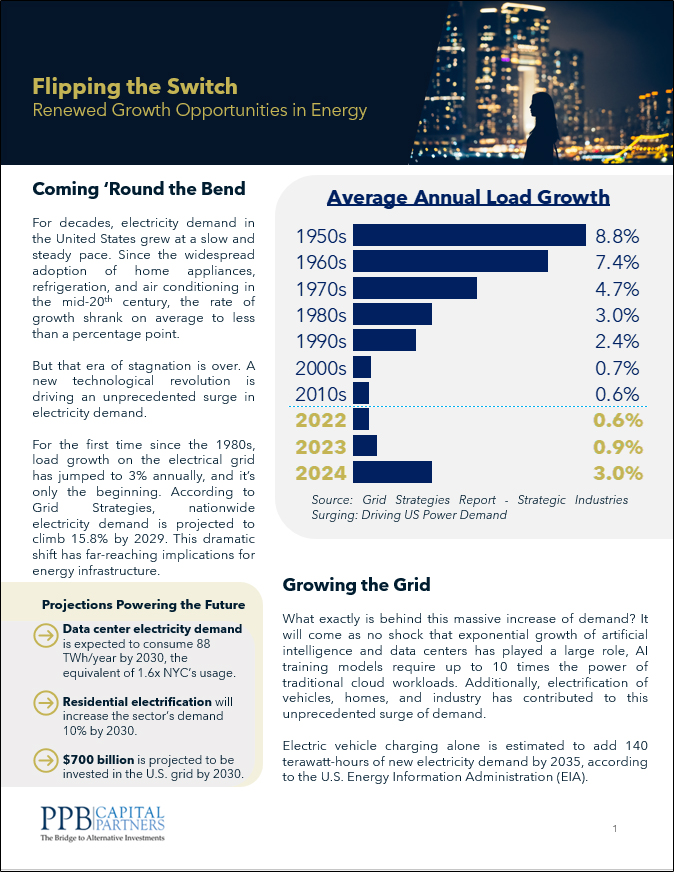
Anticipating Increased Volatility, Where to Look for Risk Mitigation
December 14, 2020
Conshohocken, PA, December 14, 2020 – Entering 2020 nobody would have predicted what an extraordinary year it would be. Central banks and governments around the globe worked in unprecedented synergies to save their economies in the face of a global pandemic and the debilitating shutdowns that ensued. Speaking of unprecedented, the S&P 500 has now returned in the low-teens year-to-date1 despite being down over 30% during the first three months of the year. The influx of fiscal and monetary stimulus propelled risk assets into the stratosphere, but investors now must question what this means for future returns as companies, especially in the technology sector, will have to grow into these historic valuations.

With the markets so dependent on additional stimulus, we expect volatility to remain elevated for the foreseeable future. As such, investors’ appetite for alternative investment strategies to help mitigate volatility is expected to increase significantly. According to Preqin, AUM in alternative investment strategies is expected to increase 70% over the next five years and top $17T in assets by 2025.2
While the need for risk mitigation tools is apparent, the question many wealth advisors are asking is where should they look for the greatest overall portfolio diversification? Hedge funds have been out of favor since the beginning of the Great Financial Crisis, as performance within these strategies, such as long-short equity have failed to deliver impressive returns. But the more appropriate question to ask if investors are utilizing these strategies for risk mitigation, is which alternative investment strategies truly provide uncorrelated return streams while also having the potential to deliver equity like return?
When comparing alternative investment strategies over the past approximately 15 years, one strategy that has stood out for its correlation benefits has been reinsurance, especially in area of natural disaster catastrophe reinsurance. Unlike other alternative investment strategies, reinsurance, as represented by the Eureka ILS Advisers Index, has delivered a near zero correlation to both equities and fixed income.

Natural disaster reinsurance is also especially interesting in this market environment as there little to no exposure to COVID-19 sensitive areas like there is in other areas of insurance such as travel or event.
While headline risk for hurricanes, earthquakes and wildfires are the biggest stigmatism facing asset managers, the realties are that prudent reinsurance managers have been able to navigate 2020 and deliver strong high single digit returns to investors without any of the usual market volatility. 2017 and 2018 were two of the worst years on record within reinsurance and one of the biggest reasons why is because insurable events declined over the prior years and more capital entered the space. This led to premium declines and firms holding contracts that were not compensating them appropriately for the risk assumed. In contrast, the market today has shifted as reinsurers are demanding higher premiums. In addition, capital flows have declined from the ILS (Insurance Linked Securities) channel.
This dynamic has created much higher premiums in 2020 and with the record number of named storms this year, premiums are expected to increase even further. Because of these higher premiums, the better fund managers have been able to generate positive returns throughout the calendar year. While there have been a record number of named storms this year, most of the insurance losses have been relatively small per event and thus contained to the retention class and not second loss positions.
Natural event catastrophe reinsurance has been a staple of institutional portfolios for years. The strategy allows for equity like returns, but with return streams nearly completely uncorrelated to the financial markets. With markets back near all-time highs, an allocation to reinsurance can be a prudent diversifier as investors ponder where to look for both risk mitigation and return generation in a single investment.
For more information on how to access PPB’s dedicated private lending strategy, please contact Frank Burke, CFA, CAIA, Chief Investment Officer, PPB Capital Partners, 484.278.4017 Ext. 108 or at [email protected].
Important Footnotes
1. Source: Bloomberg. S&P 500 Index as of December 10, 2020 2. Source: Preqin. 2020 figure is annualized based on data to October. 2021-2025 are Preqin’s forecasted figures. 3. Source HFRI and Bloomberg



